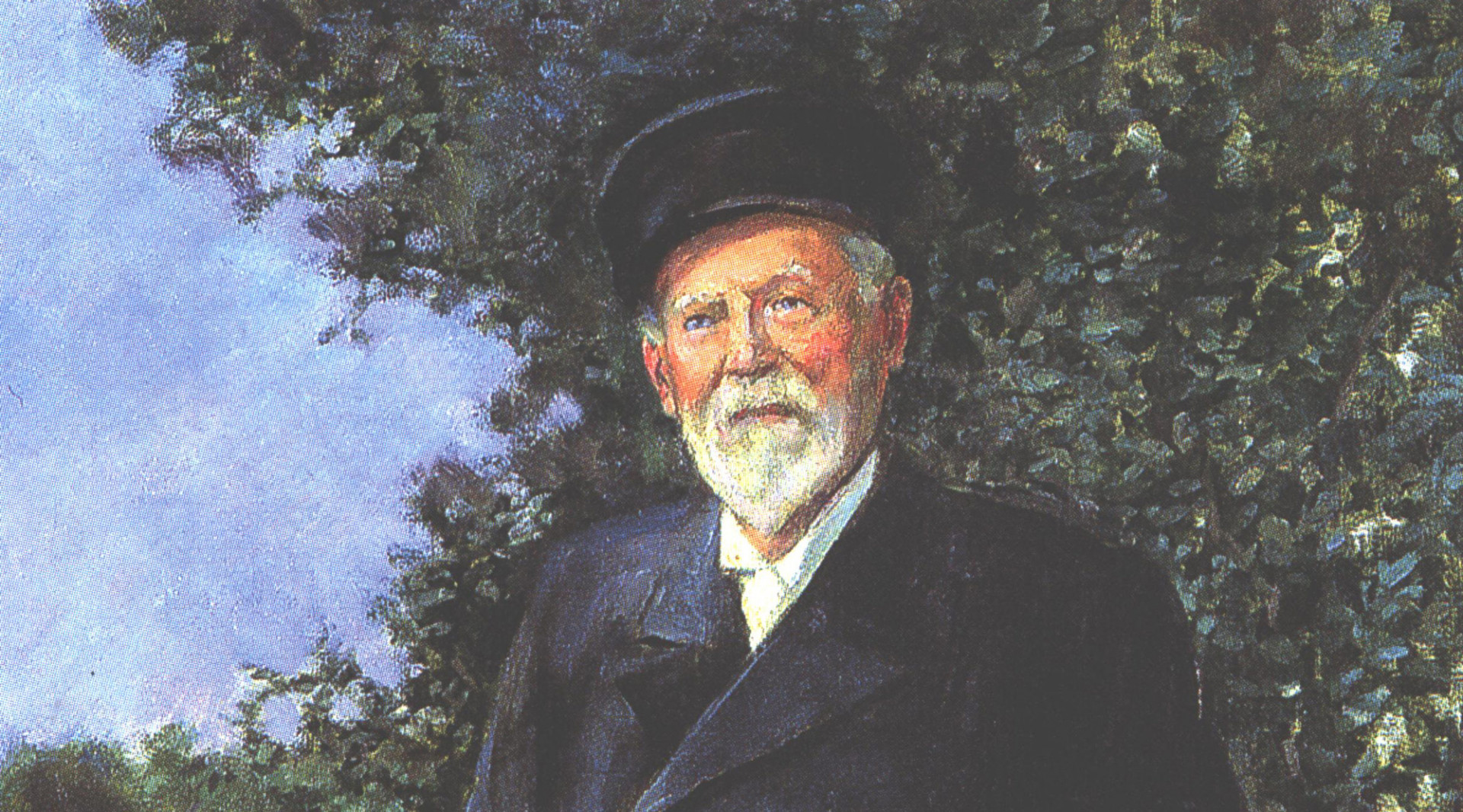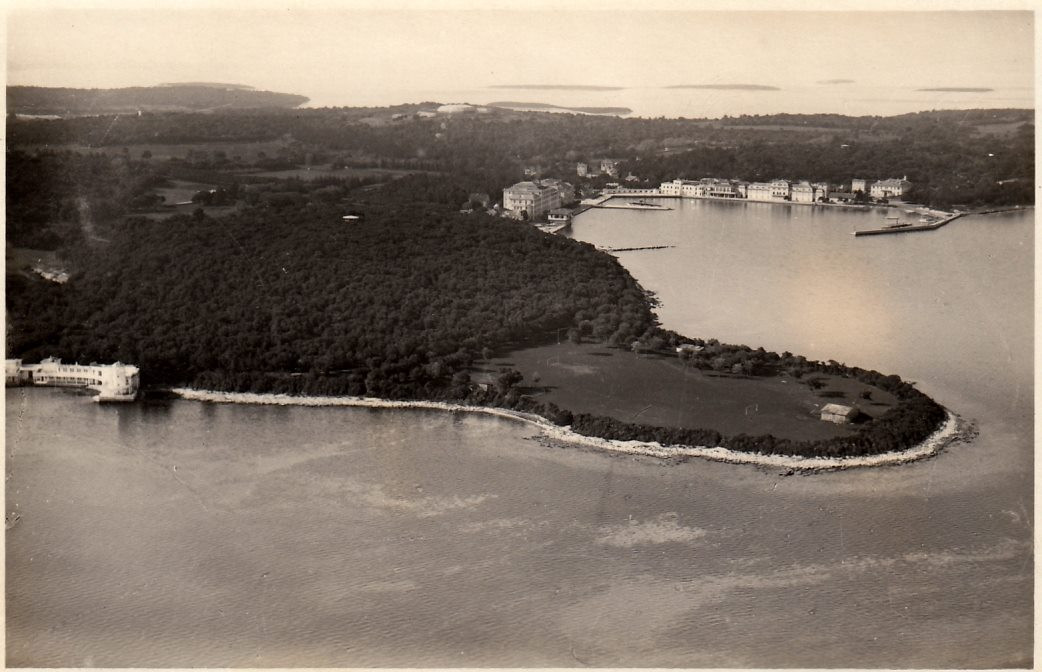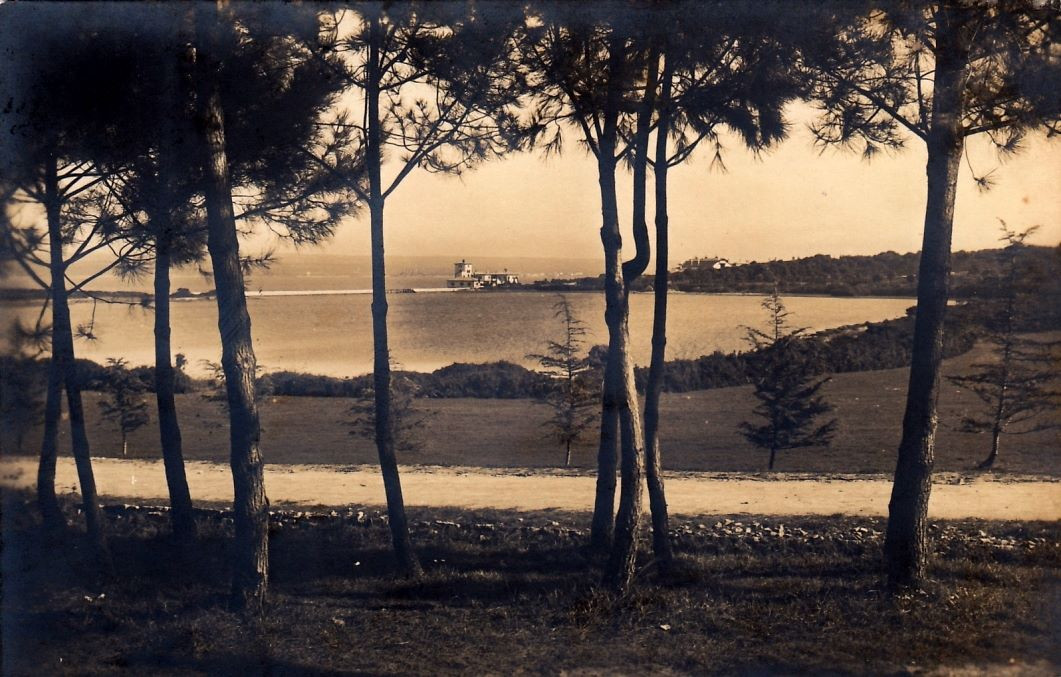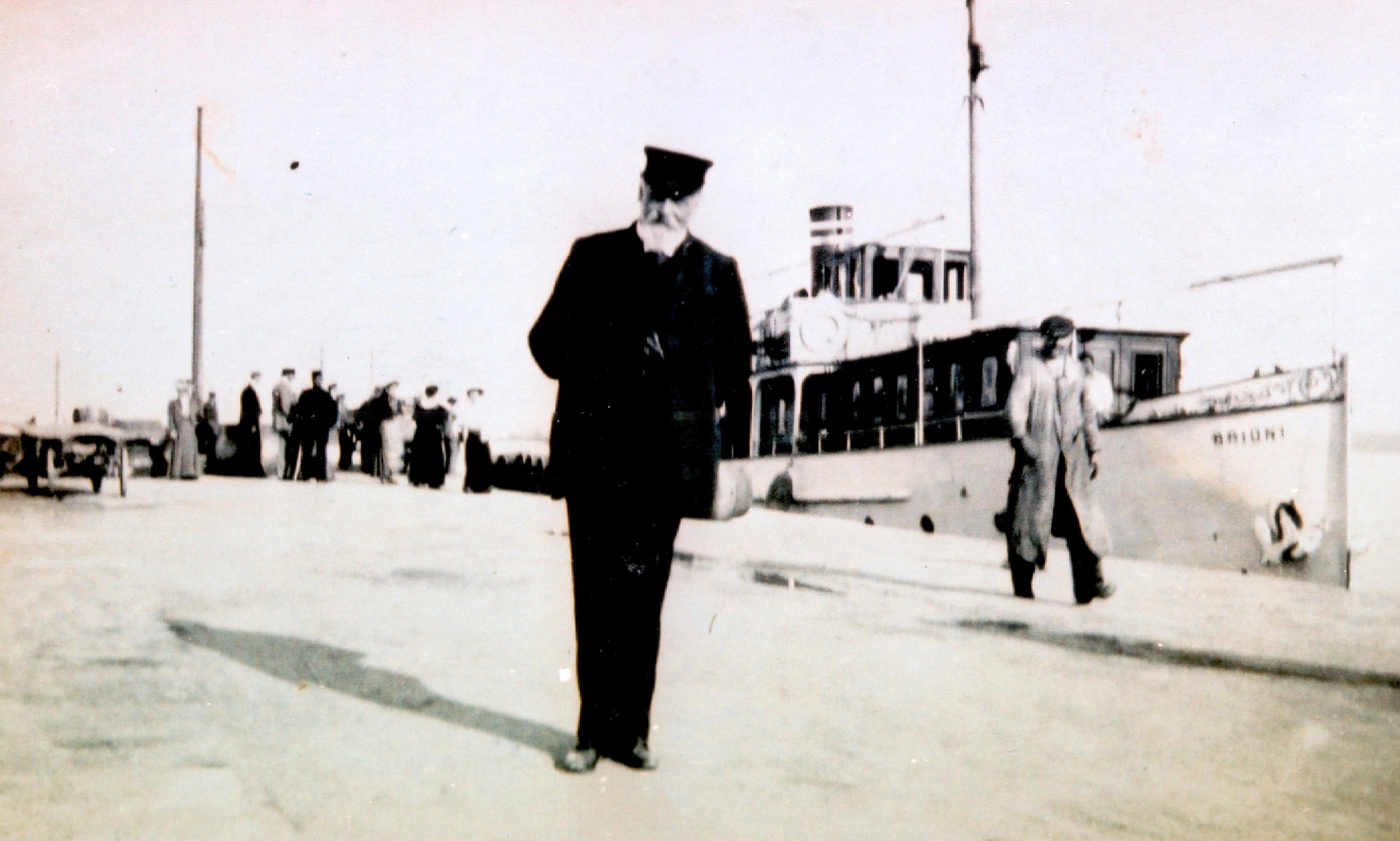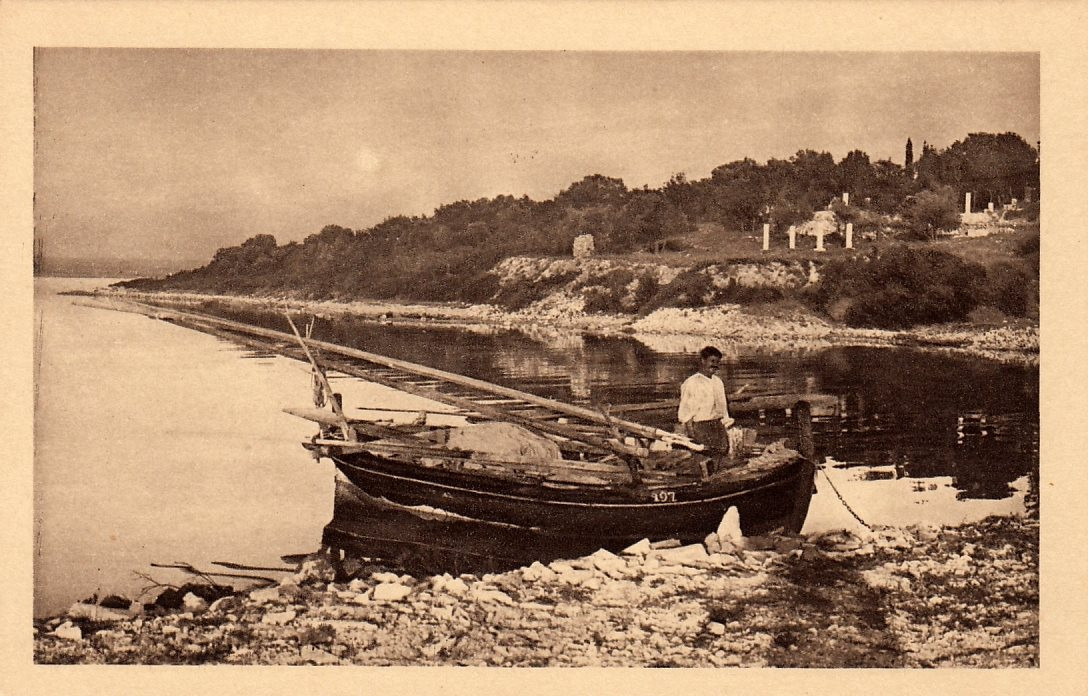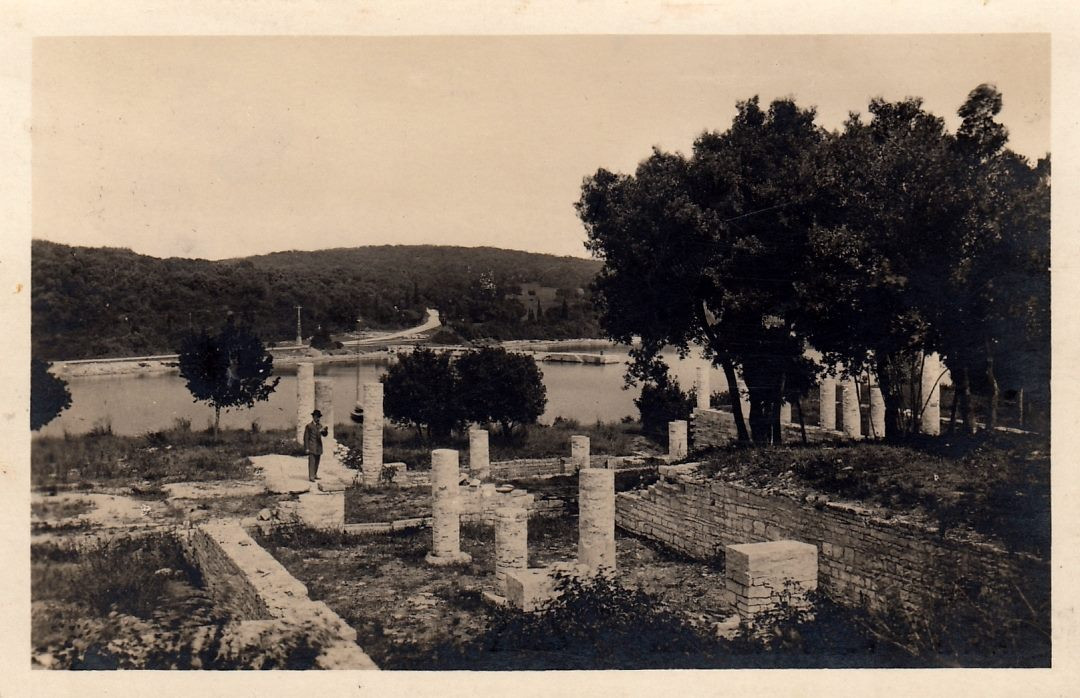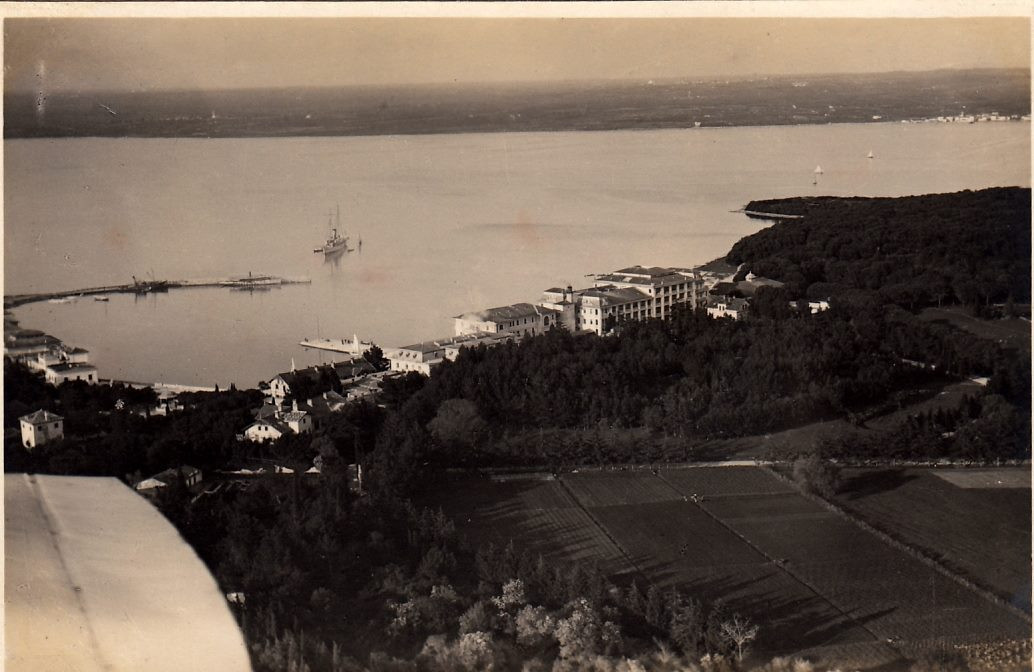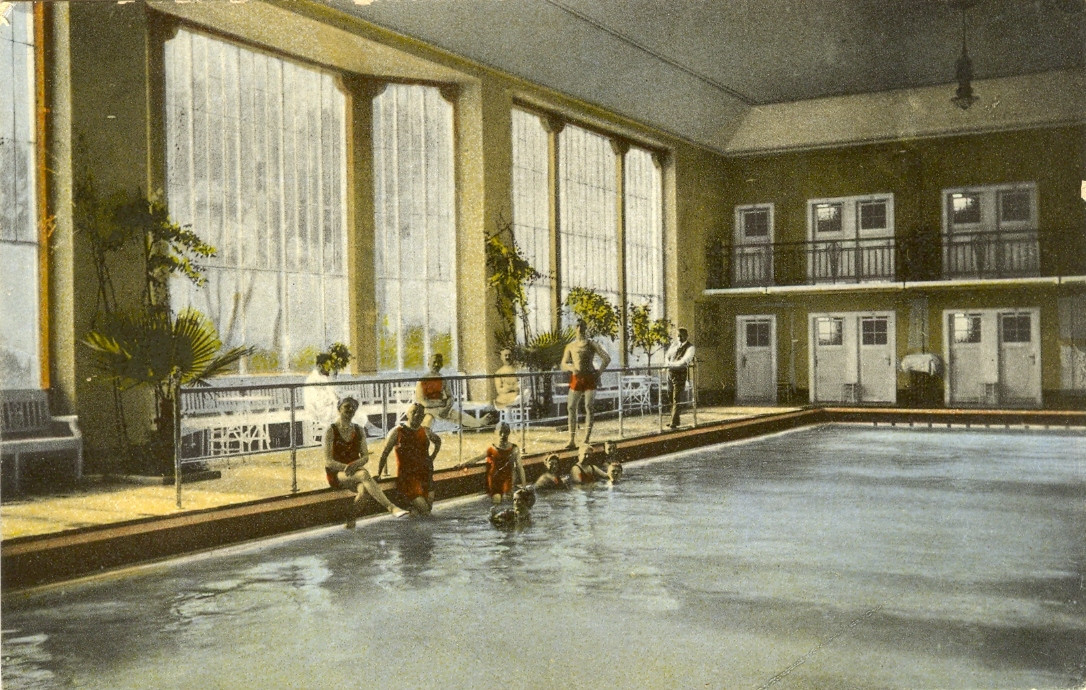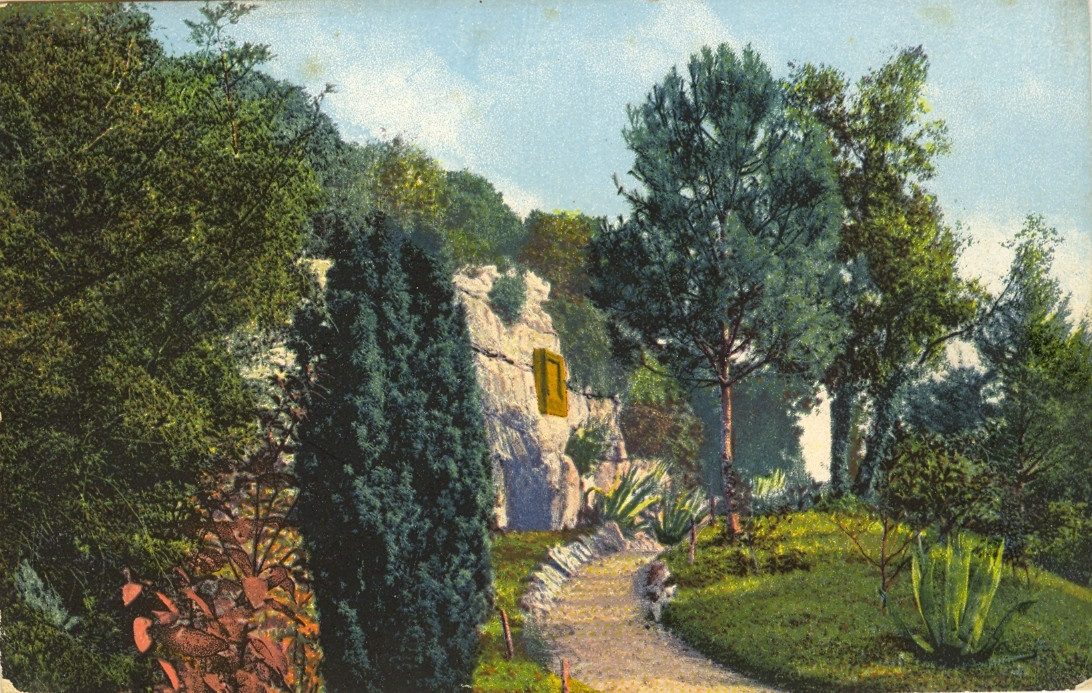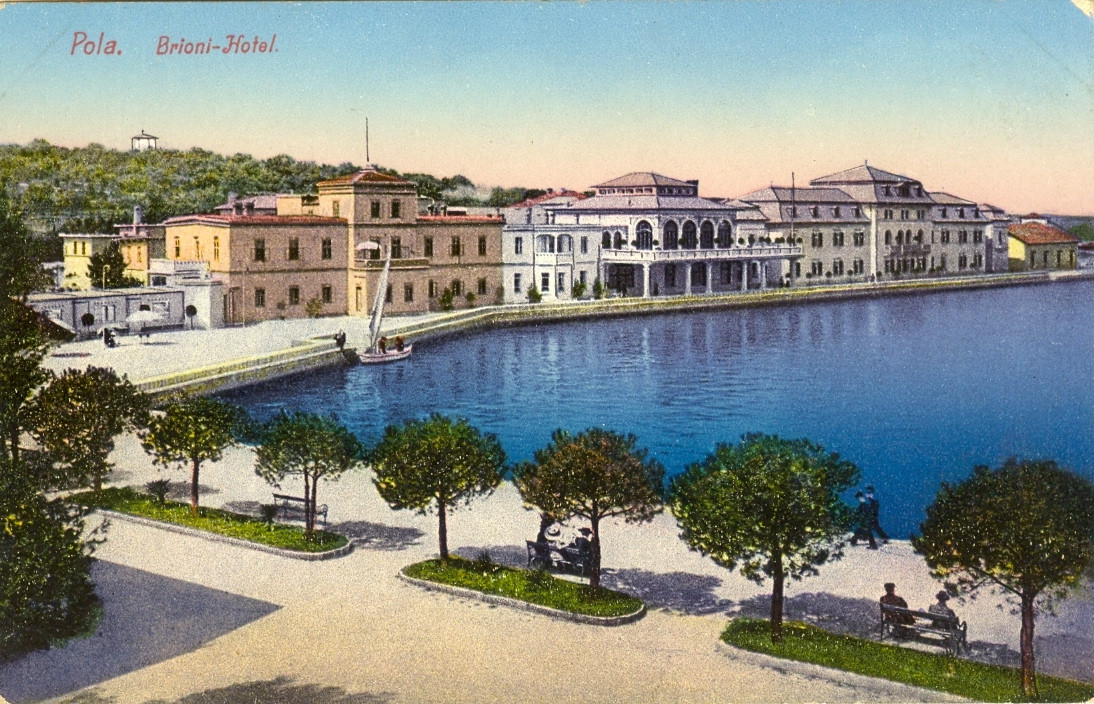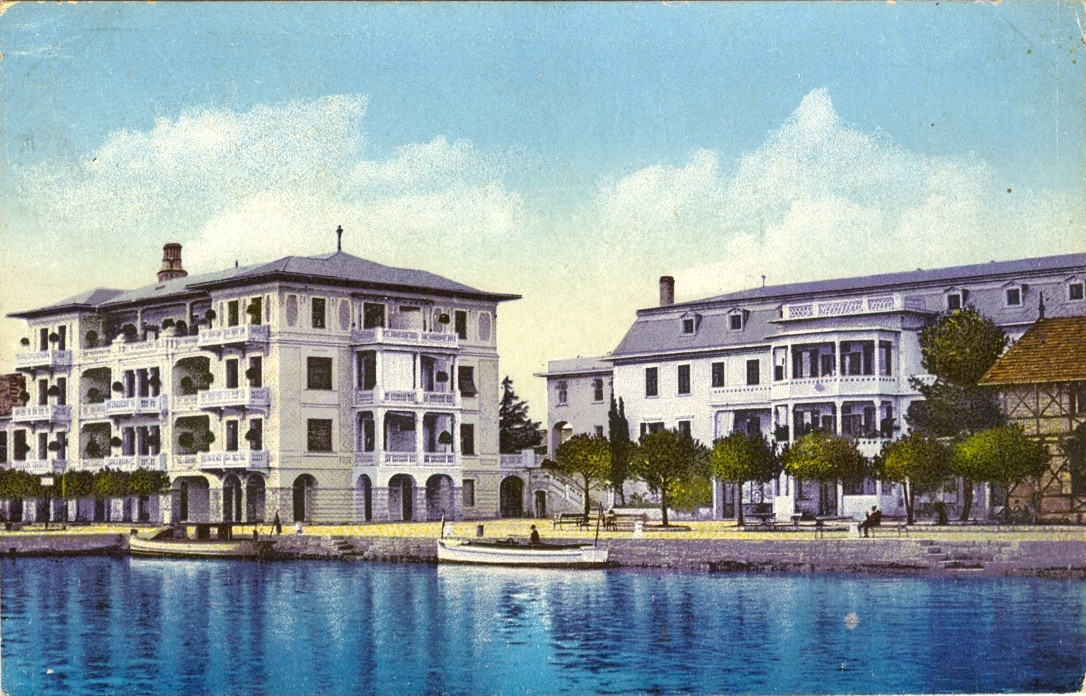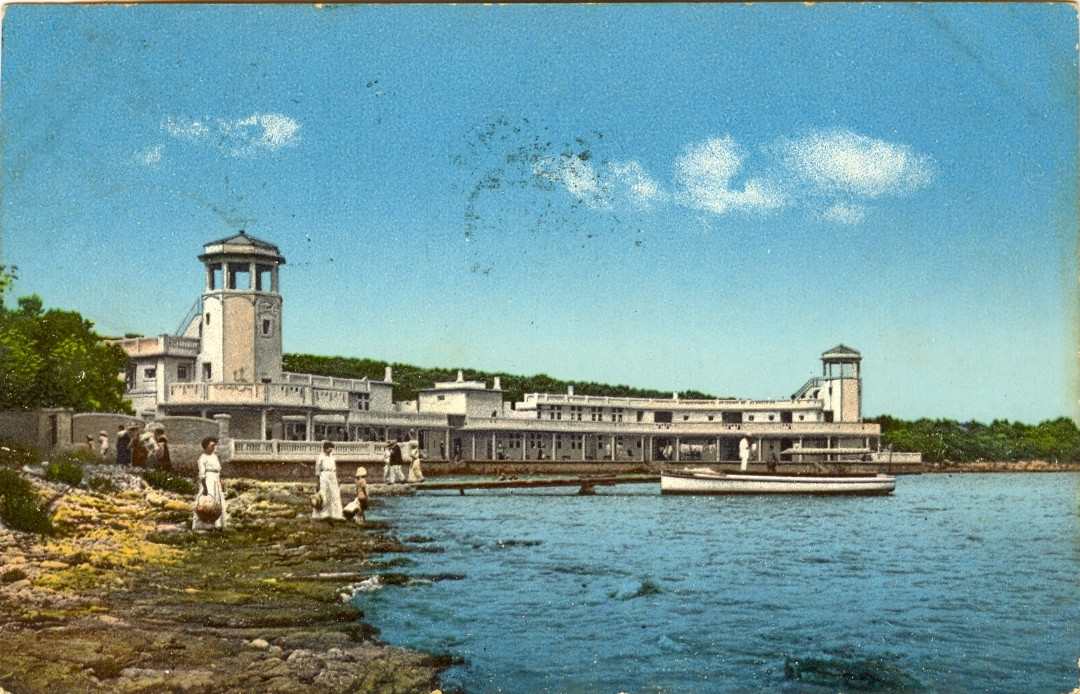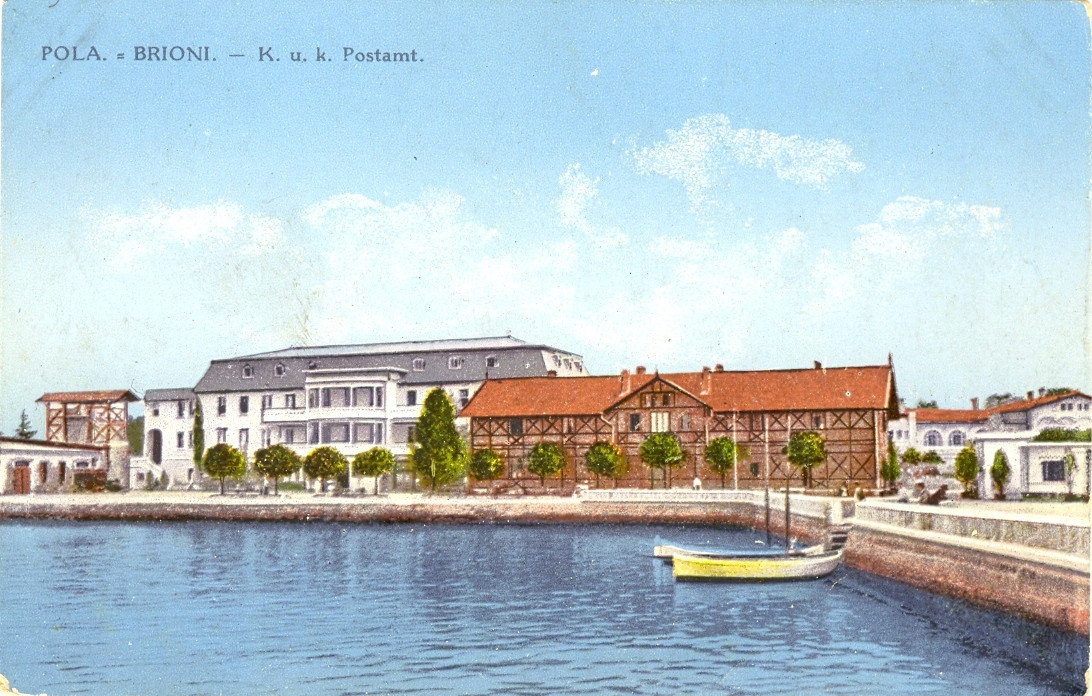The fashionable summer and health resort of the European and global aristocracy
The Austrian industrialist and expert on steel who bought malaria-ridden Brijuni in 1893 and transformed them into a fashionable summer and health resort of the European and global aristocracy was a great visionary.
He requested aid in dealing with the issue of malaria on the islands from the great German scientist Robert Koch, whose achievements laid the foundations in Austria for such research.
Islands transformed into a small paradise on Earth
It is important to note that Paul Kupelwieser too contracted malaria during his first visits to Brijuni Islands, and he was treated in London even though he did not know, at first, that he had contracted this tropical disease.
When he arrived on the island for the first time, in the port into which it was possible to sail only during high tide, there were only a few buildings, piles of stones from the quarry, and only a few cypress trees, laurel trees and several old olive trees and mulberries.
The Brijuni Islands were transformed from an overgrown maquis shrubland area into a veritable small paradise on Earth
With the help of Alois Zuffar (Alojz Čufar), a forester from Labin who was very popular with the Kupelwieser family, the Brijuni Islands were transformed from overgrown maquis shrubland to a veritable small paradise on Earth.
 Parks of Croatia
Parks of Croatia
 EU projects
EU projects English
English
